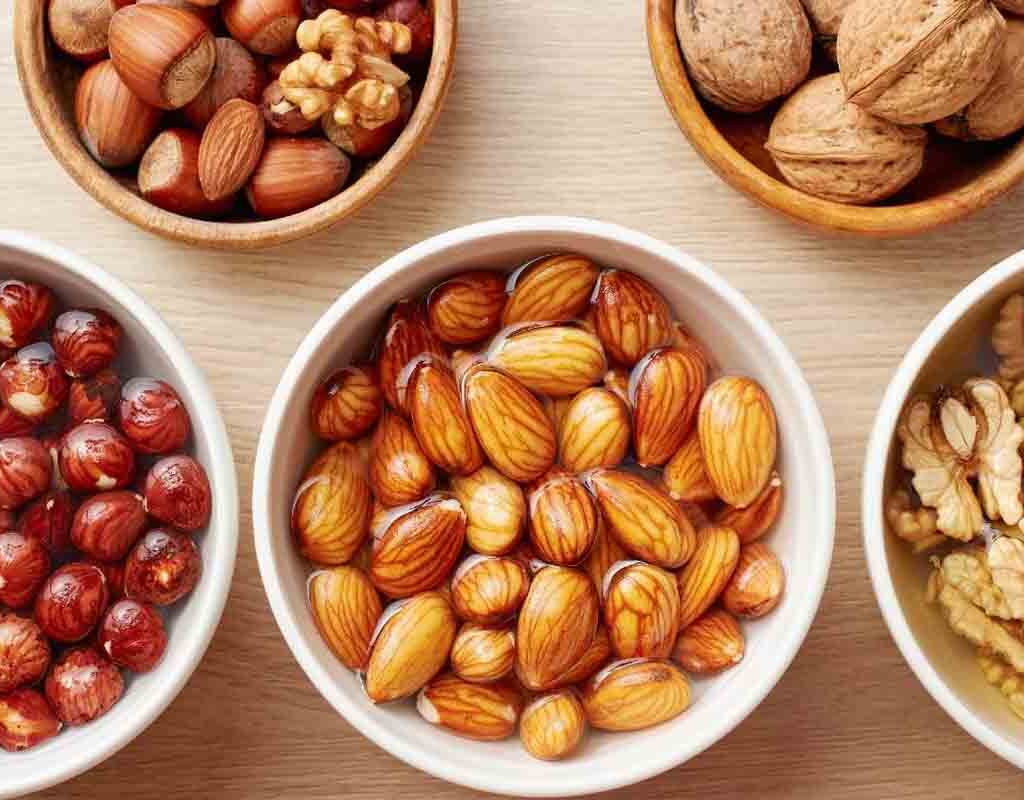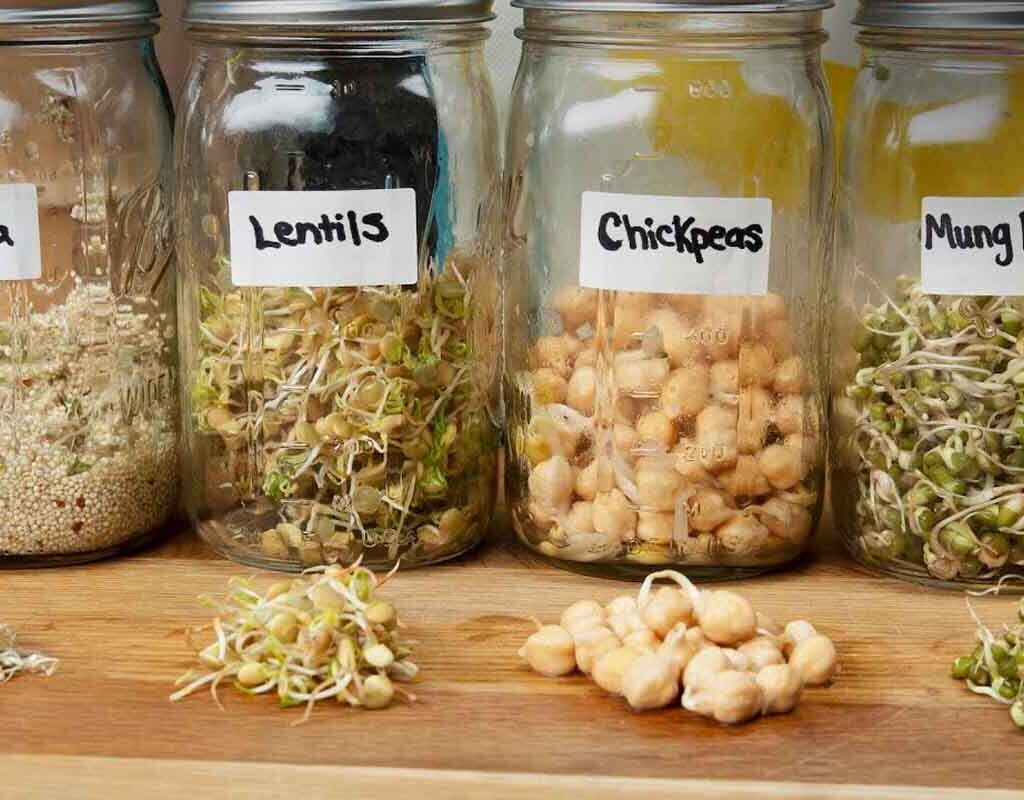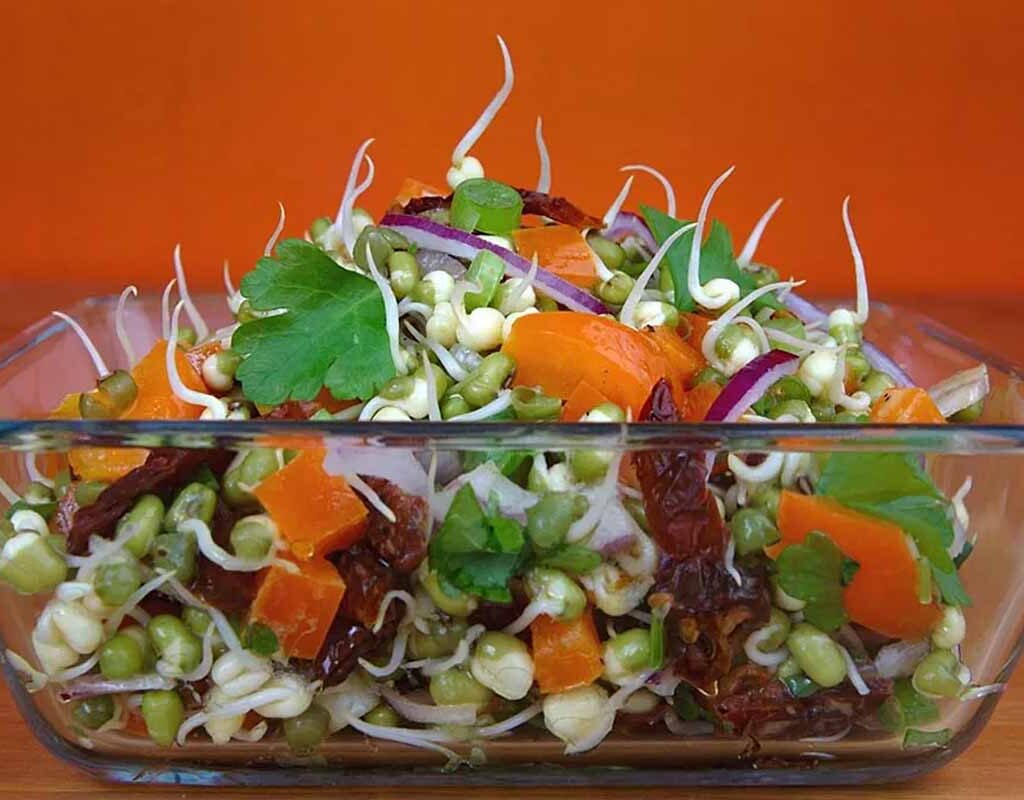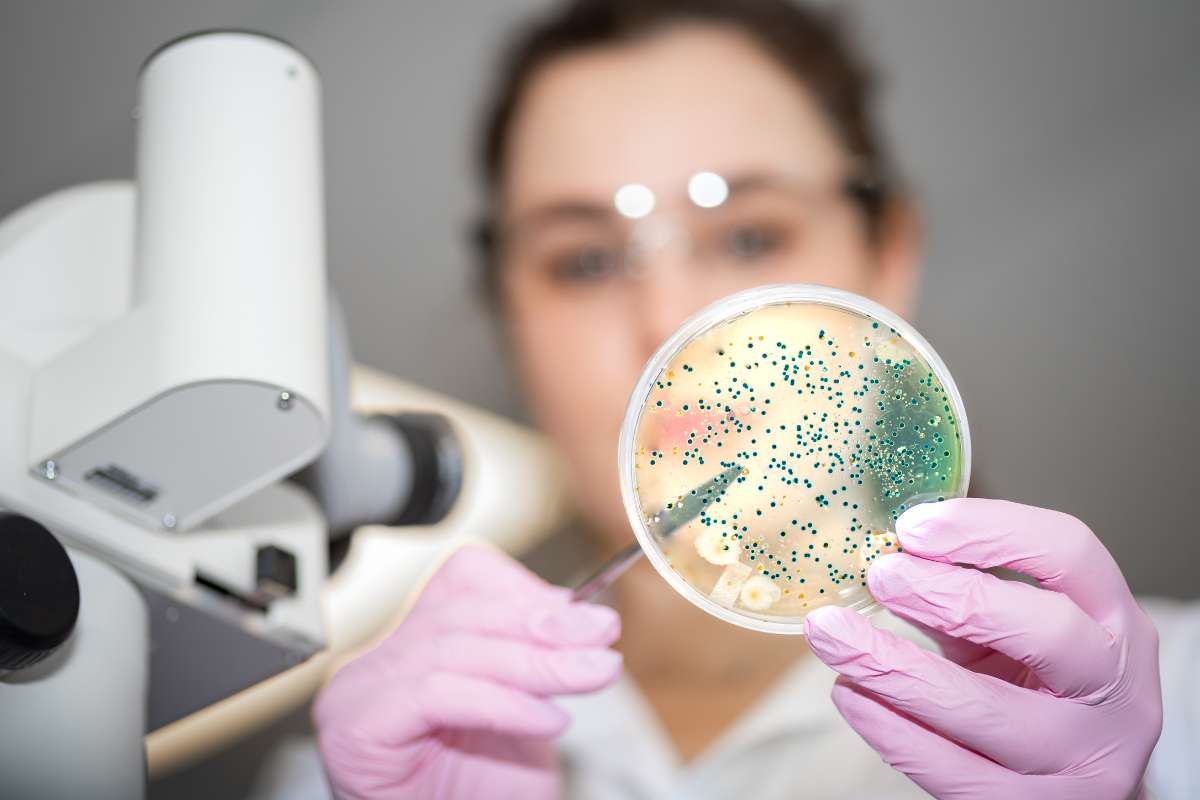Soaking and sprouting are two simple and effective methods of preparing certain types of foods that have been used for centuries by various cultures. These methods involve soaking seeds, grains, and legumes in water for a period of time, which activates the germination process and leads to a number of nutritional benefits.
In this article, we will discuss in detail the benefits of Soaking And Sprouting, how they work, and the benefits they offer. We will also provide practical tips on using these methods in your kitchen.
WHAT IS SOAKING?
Soaking is the process of submerging seeds, grains, or legumes in water for a period of time, usually overnight or for several hours. This method is used to soften the outer layer of the food, making it easier to digest and cook.
THE BENEFITS OF SOAKING
The benefits of Soaking And Sprouting can enhance the nutritional value and digestibility of the food. Here are some of the key benefits:
- Improved digestibility: Soaking helps to break down phytic acid, a compound that binds to minerals and makes them difficult for our bodies to absorb. By breaking down phytic acid, soaking improves the bioavailability of minerals like zinc, iron, and calcium.
- Reduced cooking time: Soaking can reduce the cooking time of certain grains and legumes, making them more tender and easier to digest.
- Enhanced flavor: Soaking can also enhance the flavor of certain foods by activating enzymes that break down complex carbohydrates and proteins, releasing natural sweetness and umami flavors.
- Improved texture: Soaking can improve the texture of certain grains and legumes, making them softer and more palatable. These are the Benefits of Soaking And Sprouting
WHAT FOODS CAN BE SOAKED?
Almost any type of seed, grain, or legume can be soaked. Some of the Benefits of Soaking And Sprouting most common foods that are soaked include:

- Grains: rice, quinoa, oats, barley, millet, etc.
- Legumes: lentils, chickpeas, beans, peas, etc.
- Nuts and seeds: almonds, cashews, sunflower seeds, pumpkin seeds, etc.
- How to soak grains and legumes
- Soaking grains and legumes is a simple process that requires only a few basic steps. Here is a step-by-step guide:
- Rinse the grains or legumes thoroughly in a strainer under cold water.
- Place the grains or legumes in a large bowl and cover with enough water to submerge them completely.
- Add a tablespoon of an acidic liquid, such as lemon juice, apple cider vinegar, or yogurt, to the water. This helps to activate enzymes that break down phytic acid.
- Let the grains or legumes soak for the recommended time. The soaking time varies depending on the food, but generally ranges from 6-24 hours.
- Drain the soaking water and rinse the grains or legumes again before cooking.
WHAT IS SPROUTING?
Sprouting is the process of soaking and germinating seeds, grains, or legumes in water until they begin to sprout. This process activates enzymes that break down complex carbohydrates and proteins, Benefits of Soaking And Sprouting, make the food easier to digest and more nutritious.
THE BENEFITS OF SPROUTING
Sprouting has several benefits that can improve the nutritional value and digestibility of the food. Here are some of the key Benefits of Soaking And Sprouting:
- Increased nutrient content: Sprouting can increase the nutrient content of certain foods by up to 300%. This is because sprouting activates enzymes that break down complex carbohydrates, proteins, and fats, releasing vitamins, minerals, and antioxidants.
- Improved digestibility: Sprouting breaks down phytic acid and other antinutrients, making the food easier to digest and absorb. This can also reduce bloating and gas that may occur after eating certain foods.
- Reduced cooking time: Sprouted grains and legumes cook faster than their non-sprouted counterparts, making them more convenient to prepare.
- Improved flavor: Sprouting can enhance the flavor of certain foods by activating enzymes that break down complex carbohydrates and proteins, releasing natural sweetness and umami flavors.
- Increased protein availability: Sprouting can increase the availability of amino acids, the building blocks of protein, making them easier for our bodies to absorb.
WHAT FOODS CAN BE SPROUTED?
Many seeds, grains, and legumes can be sprouted, but some are more commonly sprouted than others. Here are some of the Benefits of Soaking And Sprouting to most common foods:

- Grains: wheat, spelled, barley, millet, quinoa, etc.
- Legumes: mung beans, lentils, chickpeas, etc.
- Seeds: alfalfa, radish, broccoli, sunflower, etc.
- How to sprout grains, legumes, and seeds
- Sprouting is a relatively simple process that can be done at home with just a few basic tools. Here is a step-by-step guide to sprouting:
- Rinse the grains, legumes, or seeds thoroughly in a strainer under cold water.
- Place the grains, legumes, or seeds in a large bowl or jar and cover with enough water to submerge them completely.
- Let the grains, legumes, or seeds soak for the recommended time. The soaking time varies depending on the food, but generally ranges from 6-12 hours.
- Drain the soaking water and rinse the grains, legumes, or seeds again.
- Place the grains, legumes, or seeds in a sprouting container, such as a sprouting jar or sprouting tray.
- Rinse the grains, legumes, or seeds twice a day with fresh water and drain thoroughly.
- Continue to rinse and drain the grains, legumes, or seeds for the recommended sprouting time, which varies depending on the food.
- Once the grains, legumes, or seeds have sprouted to the desired length, rinse them thoroughly and store them in the refrigerator for up to a week.
- Tips for using soaked and sprouted foods
- Here are some practical tips for using soaked and sprouted foods in your cooking:
- Cook with less water: Soaked and sprouted grains and legumes require less water to cook than their non-soaked counterparts. Start with half the usual amount of water and add more if needed.
Experiment with new recipes: Soaked and sprouted foods can be used in a variety of dishes, from salads and sandwiches to soups and stews. Experiment with new recipes to find your favorites.

Store properly: Store soaked and sprouted grains and legumes in the refrigerator in an airtight container. They will last for up to a week.
Use a dehydrator: If you want to store your sprouts for longer than a week, you can use a dehydrator to dry them out. This will preserve their nutritional value and make them shelf-stable.
BOTTOM LINE
The benefits of Soaking And Sprouting are simple and effective methods of preparing certain types of foods that offer numerous nutritional benefits. By breaking down antinutrients and activating enzymes, these methods can improve the digestibility and nutrient content of foods like grains, legumes, and seeds. With a little practice and experimentation, you can easily incorporate soaked and sprouted foods into your diet and reap the rewards of their health benefits.
Also Read: Here’s Everything to Know About the Mediterranean Diet











